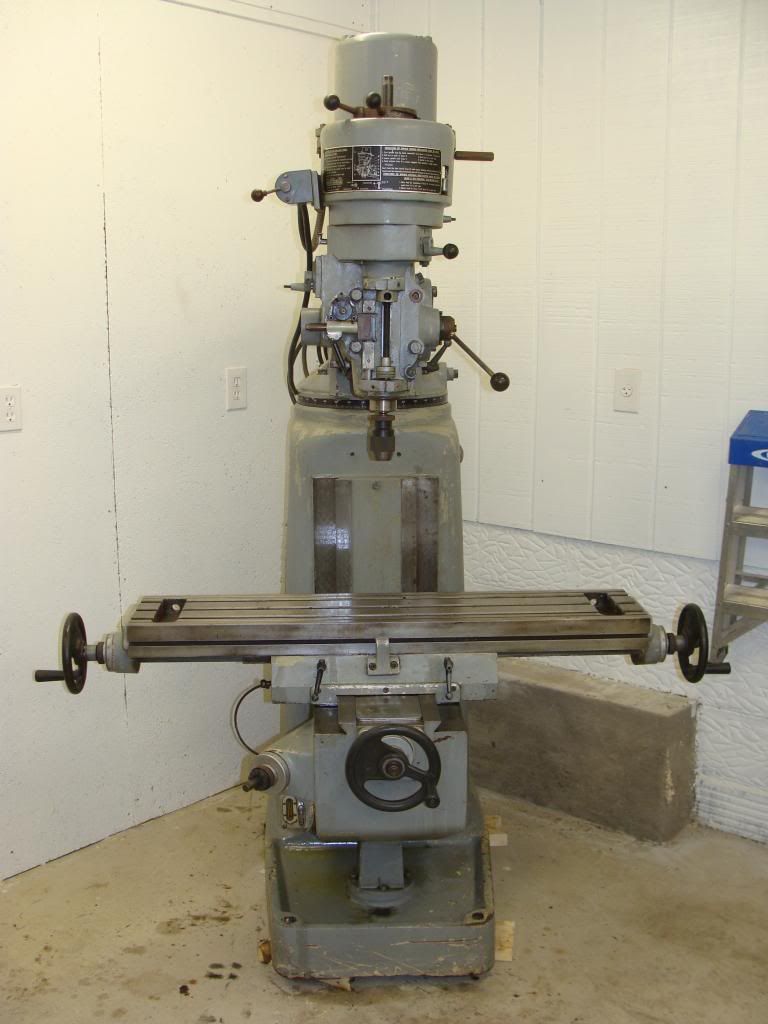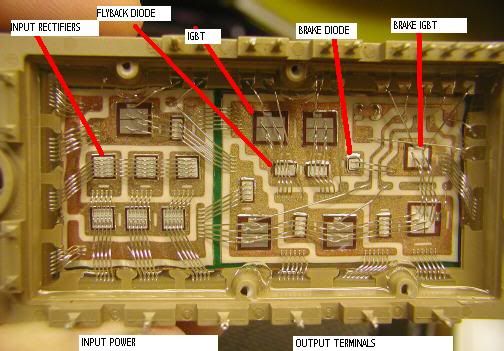melsdad
Plastic
- Joined
- Jan 30, 2008
- Location
- pennsylvania
Guys I am looking for some help to power my 2hp 3phase Kent KTM 380 mill. My electrical skills are limited but I can get help from a friend who is an electrician.
I am planning to use this VFD Hitachi WJ200 015SF Variable Frequency Drive 2 HP 230 Vac Single Phase Input | eBay
I would like run the VFD remotely. The drive will be mounted in a control box on the wall, with a small control box mounted on the mill that has a pot, e-stop, and forward and reverse buttons, and possibly a coolant pump switch within easy reach. I will probably mount this on the right side of the knee.
My questions are:
1) Is this a quality VFD, and the correct one?
2) where do I get the other electrical components....pot, e-stop, forward-rev. buttons....etc?
3) How do I know which components are correct...voltage wise?
I am certain I will have more questions as this project progresses.
Thanks in advance for the help!!

I am planning to use this VFD Hitachi WJ200 015SF Variable Frequency Drive 2 HP 230 Vac Single Phase Input | eBay
I would like run the VFD remotely. The drive will be mounted in a control box on the wall, with a small control box mounted on the mill that has a pot, e-stop, and forward and reverse buttons, and possibly a coolant pump switch within easy reach. I will probably mount this on the right side of the knee.
My questions are:
1) Is this a quality VFD, and the correct one?
2) where do I get the other electrical components....pot, e-stop, forward-rev. buttons....etc?
3) How do I know which components are correct...voltage wise?
I am certain I will have more questions as this project progresses.
Thanks in advance for the help!!




